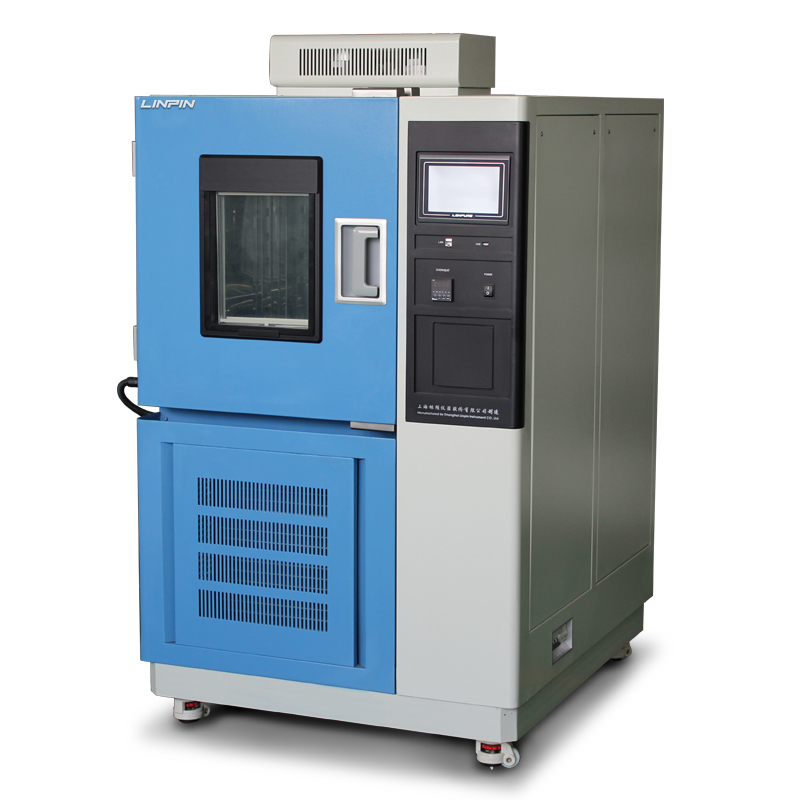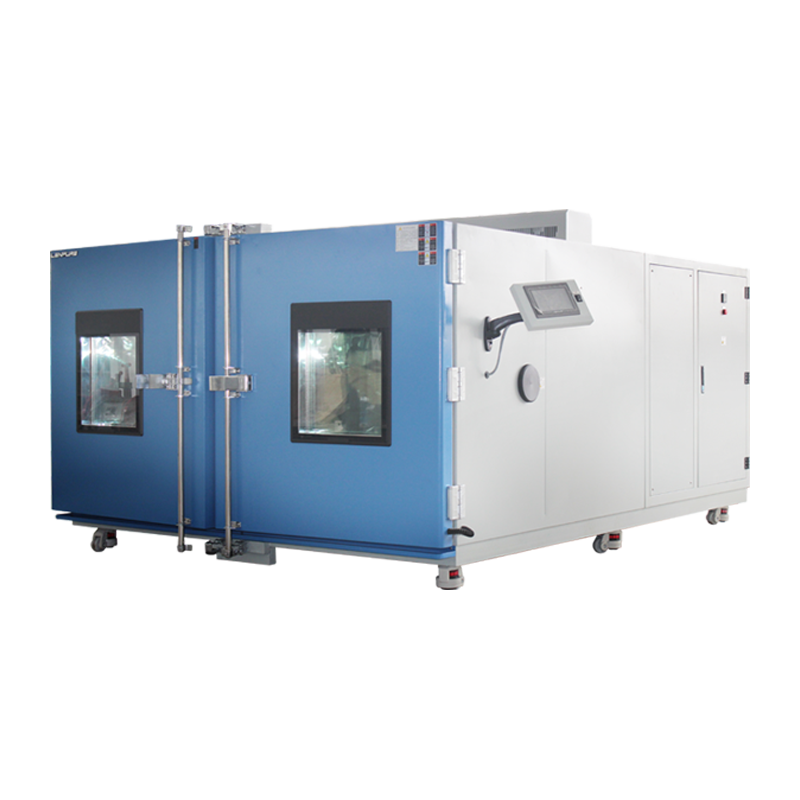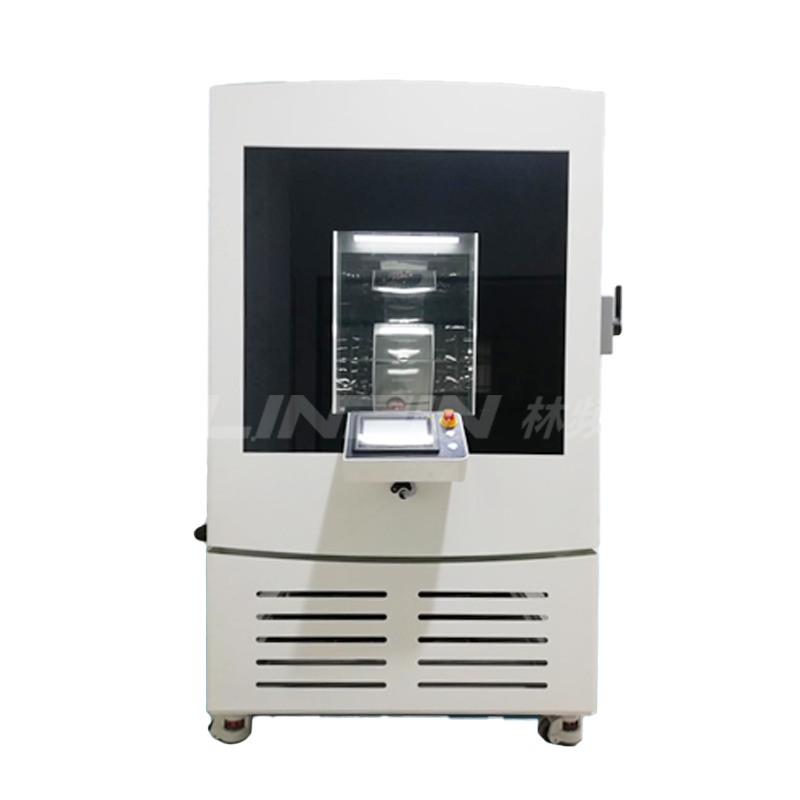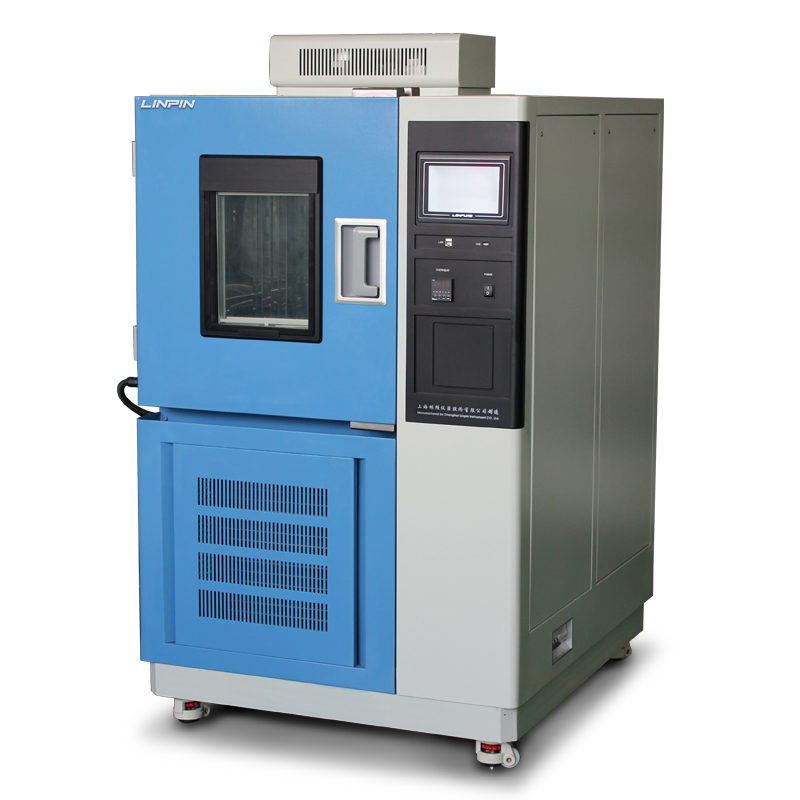What Essential Functions Are Indispensable for High and Low Temperature Test Chambers?
Author:LINPIN Update Time:2025-06-21 Source:LINPINHave you ever wondered why the same electronic product performs so differently in different regions? One key reason is whether it has undergone rigorous testing in extreme temperature environments. High and low temperature test chambers are the secret weapon behind this. They simulate extreme temperature fluctuations in nature, testing how products respond to thermal expansion and contraction, material fatigue, electronic component performance, and more—ensuring quality and reliability.
In today’s fiercely competitive manufacturing industry, products that have not been tested in high and low temperature chambers are unlikely to withstand the dual challenges of market demands and environmental conditions.

When simulating extreme temperature conditions for testing, high and low temperature test chambers must include the following essential functions:
-
Temperature Control and Adjustment: The test chamber must provide precise and stable temperature control and adjustment. It should quickly reach the set temperature and maintain stability within the specified range to ensure testing accuracy and reliability.
-
Temperature Uniformity: The test chamber must exhibit excellent temperature uniformity, meaning minimal temperature differences across all areas inside the chamber. This ensures that test samples are exposed to consistent temperature conditions at every location, yielding reliable and repeatable test results.
-
Rapid Temperature Change: The test chamber must be capable of rapid temperature transitions. This simulates real-world temperature fluctuations, particularly the extreme changes products may encounter during use. Fast temperature switching not only saves testing time but also provides a more realistic test environment.
-
Safety Protection Features: The test chamber must include safety protections such as over-temperature protection, leakage protection, and power failure protection. These measures ensure safe operation, preventing damage or hazards caused by excessive temperatures.
-
Data Recording and Monitoring: The test chamber must support real-time data recording and monitoring, tracking temperature changes and other parameters during testing. This facilitates data analysis, result validation, and traceability of the testing process.
In summary, when simulating extreme temperature conditions for testing, high and low temperature test chambers must incorporate key functions such as temperature control and adjustment, temperature uniformity, rapid temperature change, safety protections, and data recording and monitoring. These features are critical to ensuring testing accuracy, reliability, and safety.





